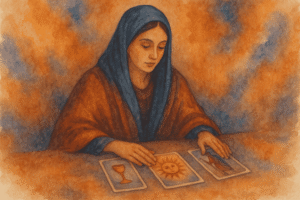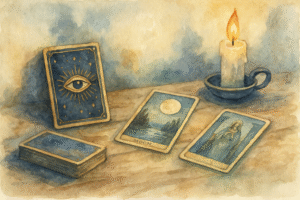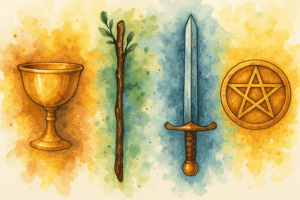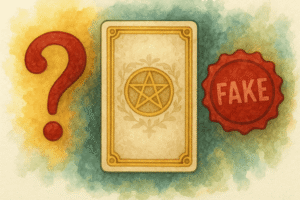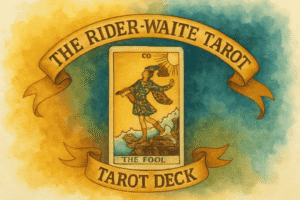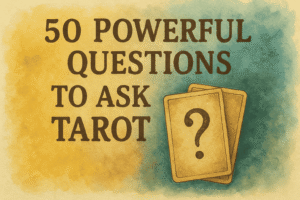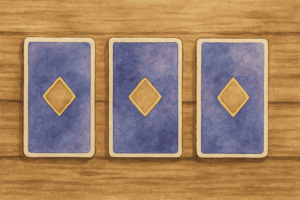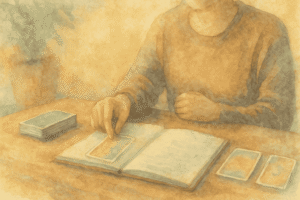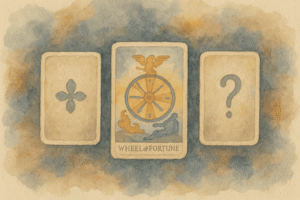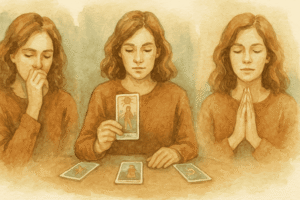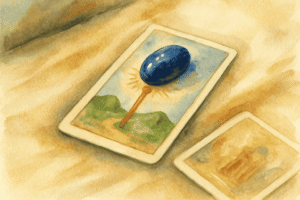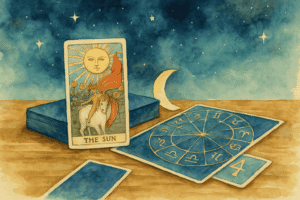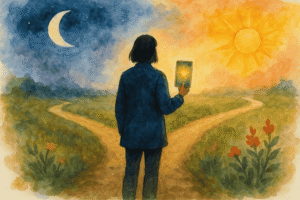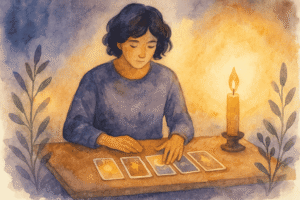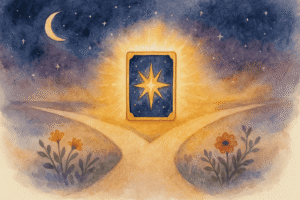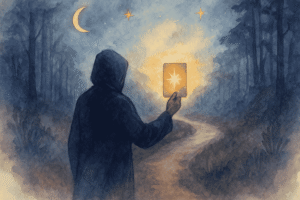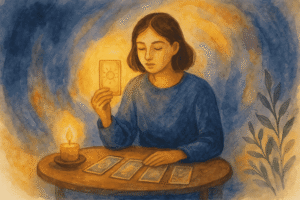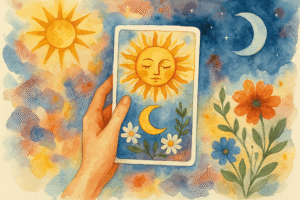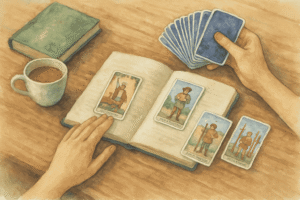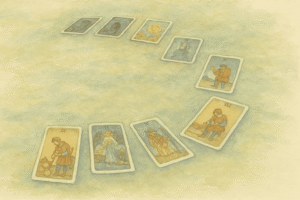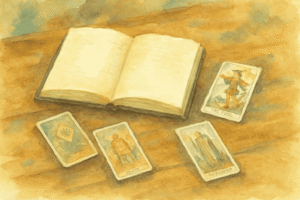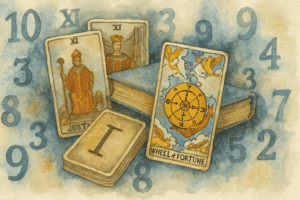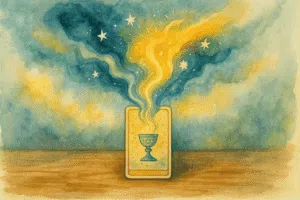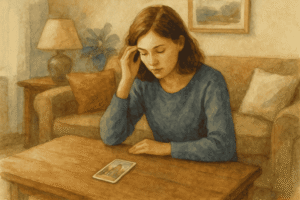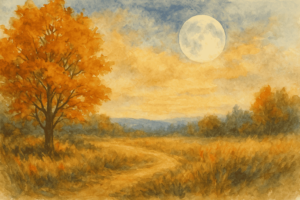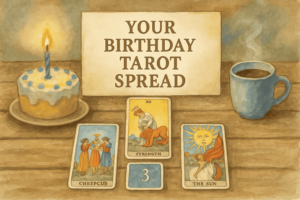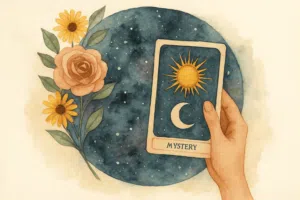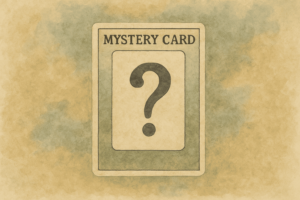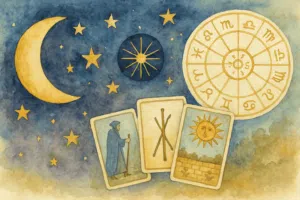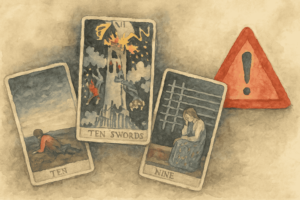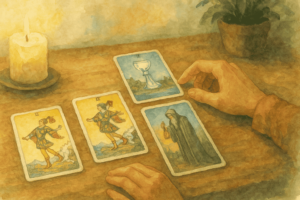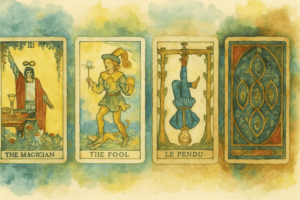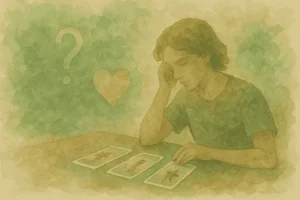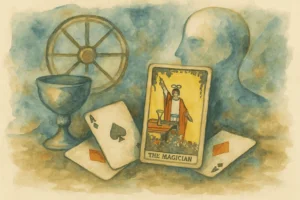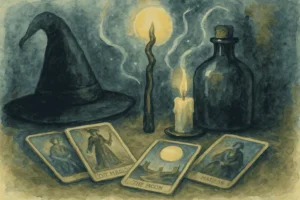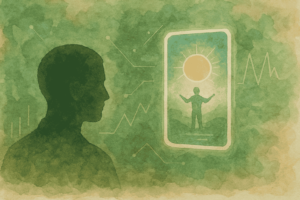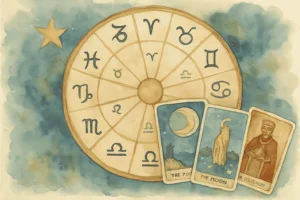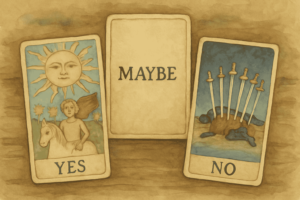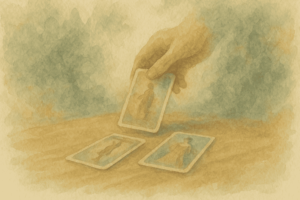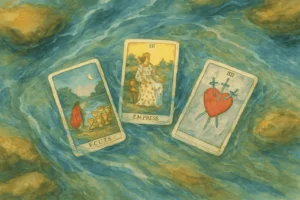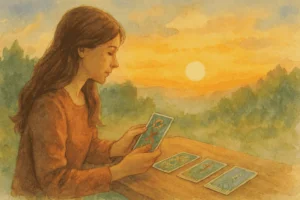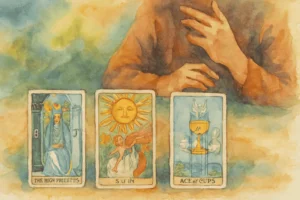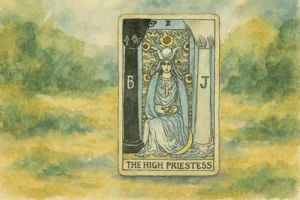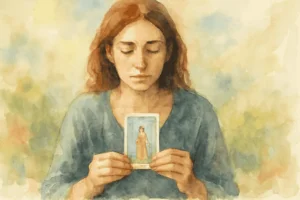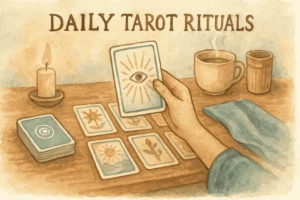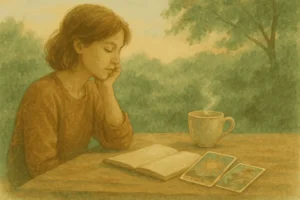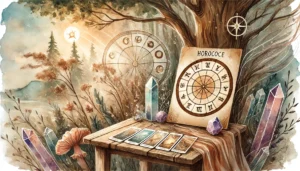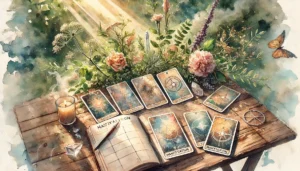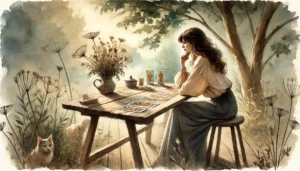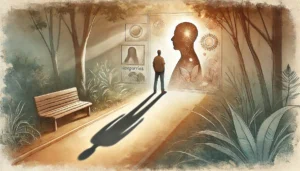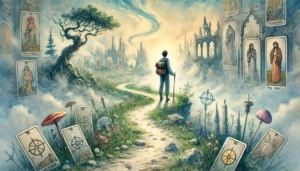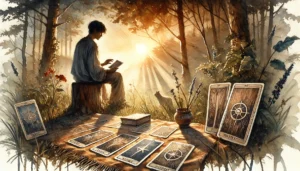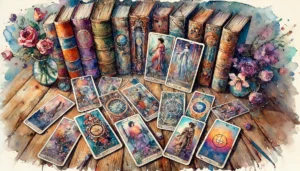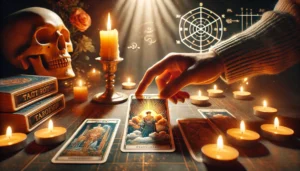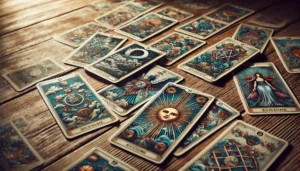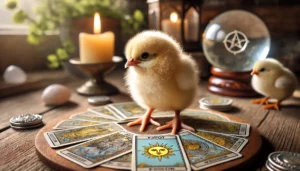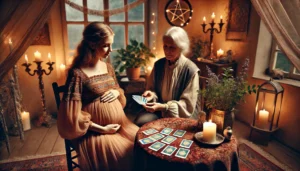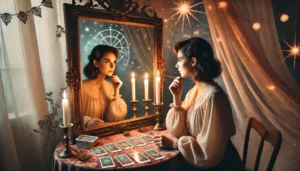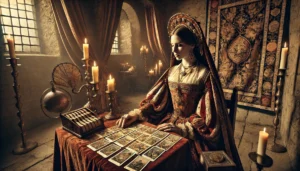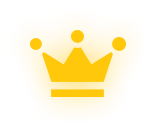Har du nogensinde kastet et blik på et tarotkort og følt en uforklarlig tiltrækning? Måske har du undret dig over dets historie, dets kosmiske mysterier, eller hvordan det udviklede sig til et spirituelt værktøj, som mange tyr til for selvopdagelse og indsigt. Tarotkortenes oprindelse er lige så lagdelt og indviklet som billederne på selve kortene. At forstå tarotkortenes rige historie uddyber ikke kun din påskønnelse, men vækker også en følelse af undren, mens du navigerer på dets mystiske rejse.
Tarotens fremkomst i det 15. århundredes Europa
Tarot, som vi kender det i dag, kan spores tilbage til det 15. århundrede i Europa, hvor det først opstod som et spillekortspil kendt som "trionfi" eller tarocchi. I starten var disse kort en avanceret form for underholdning, som adelen nød, og de tjente som et sofistikeret tidsfordriv ved hofferne over hele Italien. De blev langt fra betragtet som spådomsinstrumenter, men snarere som en social aktivitet, der skabte bånd mellem spillere under sammenkomster og begivenheder.
Tarotens udvikling til et spirituelt værktøj
Med tiden ændrede tarotkortenes rolle sig markant. I det 18. århundrede begyndte tarot at blive forbundet med esoteriske praksisser, mystik og det okkulte. Indflydelsesrige personer som Antoine Court de Gébelin og Eliphas Lévi spillede en central rolle i at fremstille tarot som et middel til spådom og spirituel indsigt. De introducerede detaljerede symbolske fortolkninger af tarotkortene og sammenflettede dem med gammel visdom, astrologi og kabbalistiske koncepter. Dette skift indledte en ny æra i tarotkortenes historie og styrede det væk fra dets oprindelse som et simpelt kortspil og hen imod dets skæbne som et stærkt symbol på personlig refleksion.
Aflivning af myter omkring Tarots oprindelse
Blandt de omskiftelige fortællinger omkring tarotkortene er der adskillige myter, især påstande om at forbinde det med det gamle Egypten eller romafolket. Disse påstande stammer ofte fra et ønske om at afdække en mystik, der beriger tarotkortenes tiltrækningskraft. Historiske beviser tyder dog på, at tarotkortenes faktiske begyndelse ligger solidt i europæisk jord. Mens visse symboler kan give genlyd i egyptisk overlevering, stammer meget af det, der tilskrives gamle traditioner, mere fra senere tilpasninger end fra konkret oprindelse. Respektfuld anerkendelse af disse historiske nuancer giver os mulighed for at værdsætte tarotkortene i deres sande kontekst – en kompleks blanding af kultur, kunst og personlig mytologi.
Virkningen af Rider-Waite-Smith-kortspillet
En vigtig milepæl i tarotens rejse opstod i begyndelsen af det 20. århundrede med skabelsen af Rider-Waite-Smith-kortene. Disse kort revolutionerede tarotkortene ved at gøre dem mere tilgængelige og visuelt fængslende. Samarbejdet mellem kunstneren Pamela Colman Smith og forskeren Arthur Edward Waite frembragte billeder, der illustrerede dybere betydninger uden at kræve omfattende forudgående viden. Rider-Waite-Smith-kortene er fortsat et fast indslag for både nybegyndere og erfarne læsere og repræsenterer den blanding af kunstnerisk sans og spiritualitet, der i dag vækker genklang hos så mange, der søger indsigt.
Omfavn Tarot i din personlige rejse
At udforske tarotkortenes dybder forbedrer ikke blot vores forståelse af dens historiske kontekst, men inviterer os også til at dykke ned i vores egne rejser med selvopdagelse. Uanset om du er tiltrukket af tarotkort på grund af dets rige historie eller dets potentiale til at åbne op for personlige åbenbaringer, skaber det et rum for refleksion og vækst. At engagere sig i tarotkort kan give klarhed og vejledning og tilbyde veje til at forstå vores underbevidste følelser og ønsker.
For dem der er nysgerrige, kan I prøve Gratis online AI-tarotkort læsninger for at få en smagsprøve på tarotkortenes indsigter hjemmefra. Jo mere du udforsker, jo mere vil du afdække den tidløse visdom, som tarotkort har at tilbyde.
Referencer
- Smith, J. Tarotens historie: Oprindelse og udvikling. 2021
- Psykologi i dag. Forståelse af de psykologiske virkninger af tarot. 2020
- Lee, M. Tarotens mystik: Aflivning af almindelige myter. 2019


